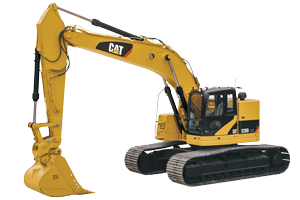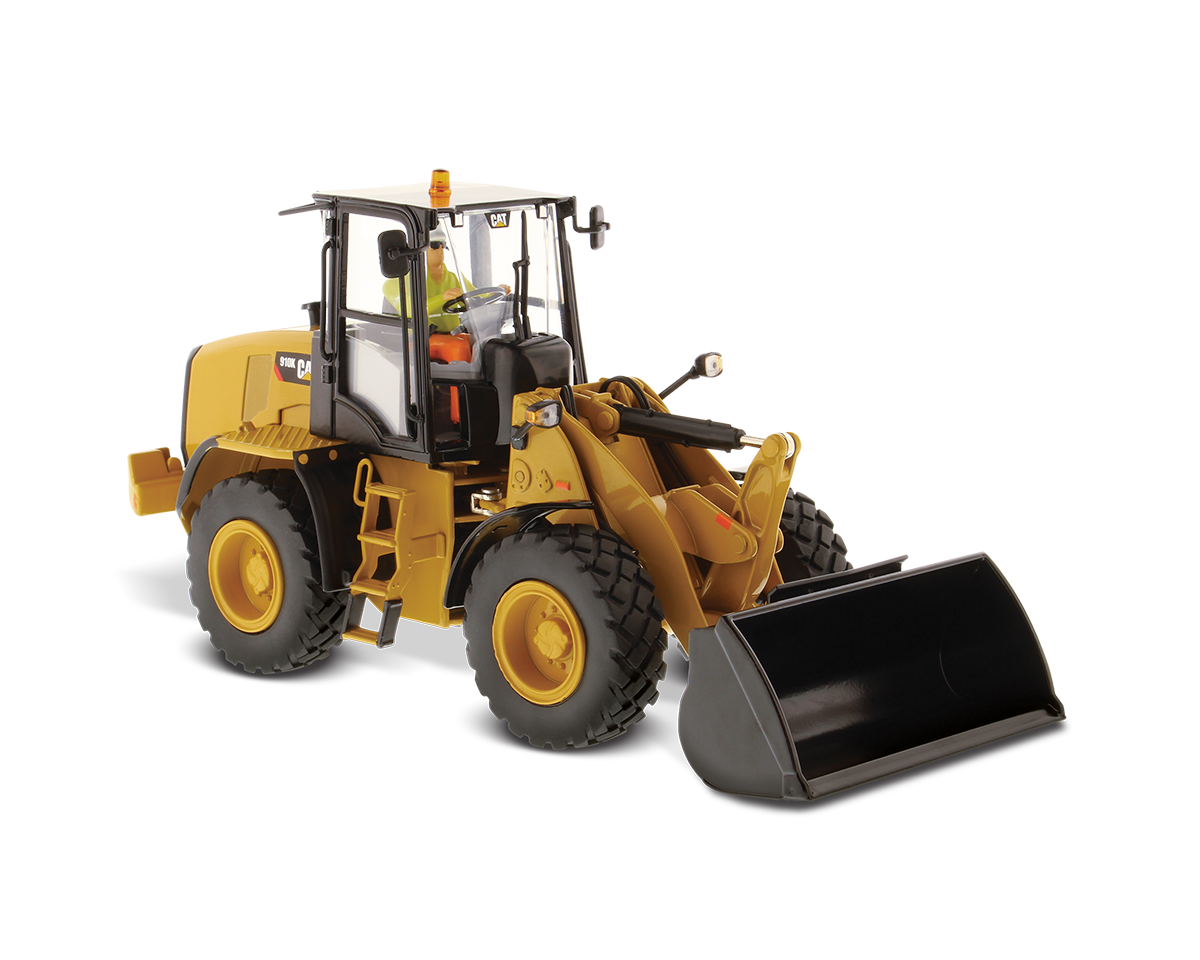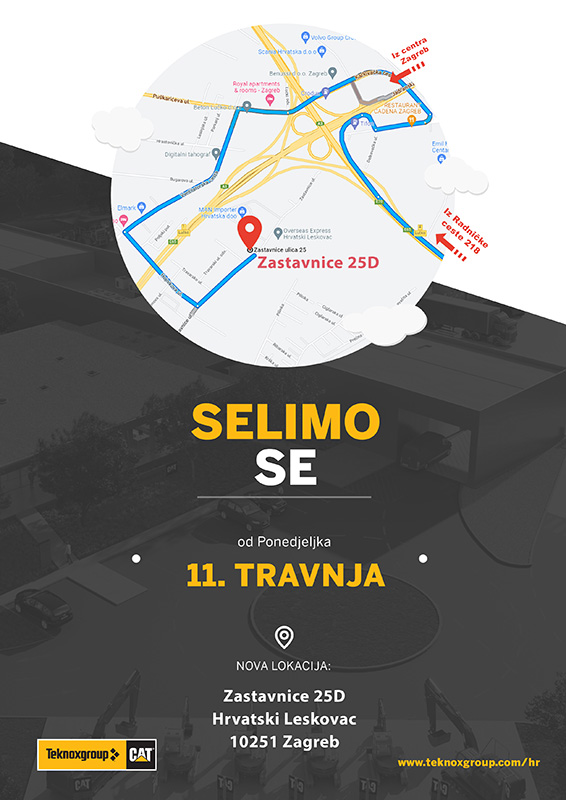Scheduled Oil Sampling (SOS)
Scheduled Oil Sampling (SOS)
Imagine being able to look into the engine or powertrain condition without having to dissassemble it? The oil has an extremely responsible role in your machine: it lubricates, cleans, cools, neutralises acids, prevents corrosion and more... But, before it is drained and discarded, it can do one more thing. It can tell you about the condition and health of your machine. The actual sampling process is easy and quick. Engine, transmission, differential and final drive train oils are drawn from the oil level checkpoint or from the dipstick tube. Some compartments on newer Cat models are equipped with conveniently located sampling valves.
The oil is then analysed and following tests done:
- Wear Rate Analysis monitors wear by detecting, identifying and assessing the amount and type of wear metal elements in the oil. The rate at which wear metal particles increase from sample to sample is as important as the quantity of particles in the oil. For this reason, regular sampling at specified intervals is necessary to establish wear rate trends for each oil-lubricated compartment. The presence of silicon and other elements which indicate dirt entry are also monitored with Wear Rate Analysis.
Here are couple examples of classical wear element combinations that we are looking for in our engine oil sample and their probable causes.
| Primary Elements | Secondary Elements | Potential Wear | Problem Area & Causes |
|---|---|---|---|
| Silicon (Dirt) | Iron, Chrome, Aluminum | Pistons, Rings, Liners | Air Induction System, Filters, Turbocharger Breathers, Contamination -- Dirt |
| Iron | Chrome, Aluminum | Liners, Pistons, Rings | Abnormal operating temperatures, Oil degradation, Stuck/Broken Rings, Fuel and/pr Coolant Contamianation |
Silicon (Dirt) | Lead, Aluminum | Bearings | Dirt Contamination |
| Aluminum or Copper | Lead, Tin | Bearings | Low or fluctuating oil pressure |
| Sodium | Silicon, Boron | Cooling System | Water Pump, Cylinder head, Liner seats, Oil cooler, Anti-freezes |
| Lead-Tin | Copper, Aluminum | Bearing | Dirt contamination, Lack of lubricant |
- Oil Cleanliness Analysis uses a Particle Count test for non-engine oil. It detects both metallic and non-metallic debris (such as friction disc material) generated by wear, as well as dirt from outside sources. This information, along with Wear Rate Analysis, permits a comprehensive evaluation of your hydraulic and power train systems. This combination can detect potential failures not identified by Wear Rate Analysis alone.
Did you know that the smallest particle that human eye can see is 40 µm. Particle count test is measuring the number particles bigger than 5 µm and 15 µm that are present in the sample.
- Oil Condition Analysis determines loss of the oil's lubricating properties. An infrared analysis instrument is used to compare the properties of new oil to the properties of your used oil sample. This test allows our technicians to determine the extent to which the oil has deteriorated during use and to verify that the oil is performing up to specification during the entire oil change period.
- Oil Contamination Analysis determines the presence of external contaminants. Fuel, water or glycol contamination indicates problems exist that require immediate correction.
- Fuel dilution reduces the oil's viscosity and destroys its lubricating properties. Some unburned fuel may enter the crankcase past the piston rings, particularly if the engine is run at low idle for extended periods during cold weather. Fuel dilution beyond 4% by volume, however, can lead to piston ring sticking and failure of the engine bearings.
- Glycol (coolant) contamination causes rapid oxidation of the oil and will lead to a major engine failure if not promptly resolved. Water can contaminate an oil system by leaking in from the outside or condensing within a hot oil compartment or engine crankcase. Water will cause the oil to form a sludge which can plug filters.
- Oil contaminated with water passing between close fitting moving parts will cause "hot spots" leading to reduced component life or rapid failure.
The end result? SOS enables you to maximise productivity and minimise costs. With SOS you are able to:
- Constantly monitor all major systems in your equipment – engine, transmisission, final drive, differentials and hydraulics.
- Detect problems early and avoid unnecessary downtime by highlighting minor faults before they become major failures.
- Manage budget by predicting overhauls, repairs and equipment life.
- Develop complete service history for each machine (increased value in case of trade-in or sale).
For further information, contact your PSSR.

























